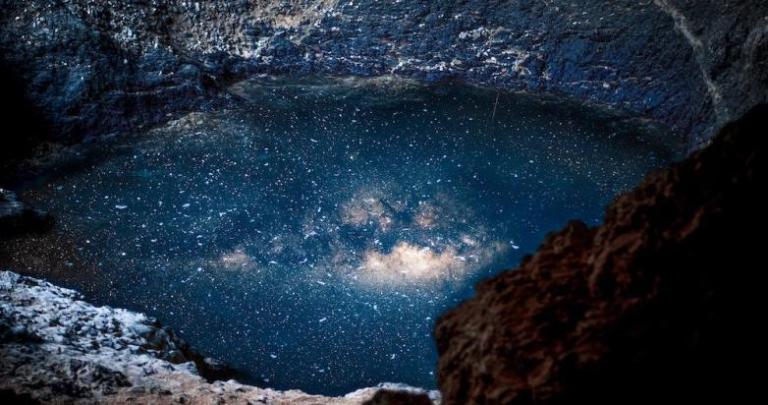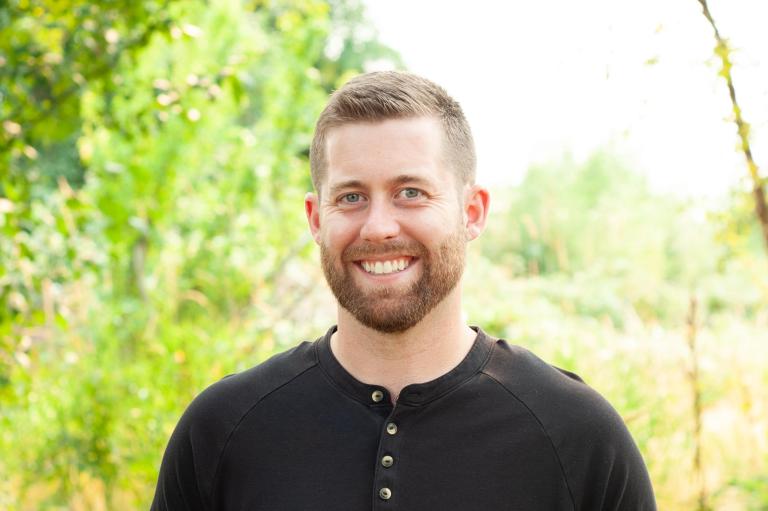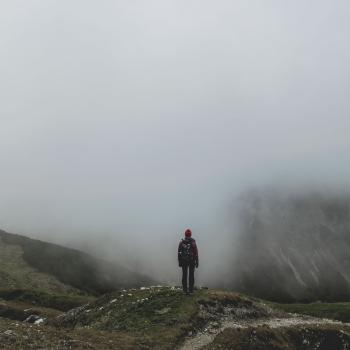
A few weeks ago, Keith Kristich published a post on Instagram that defined healthy religion in the following ways:
Reconnects you to the Source.
Each faith is a window into God.
Love is its deepest calling.
Inclusive of all people.
Growing loving humans is its purpose.
Inward is its spirituality.
Outward is its action.
Nonduality is its highest teaching.
And ever since he posted this, I’ve been reflecting on each of these and my relationship with them. In this post, I’m including my thoughts on the first four of these components. Find out more about Keith’s awesome work here.
This post contains links to several book recommendations that have made a large impact on me; if you end up buying any of them, I’ll get a small commission from Amazon for sharing them.
Reconnects you to the Source.
In Saint Teresa of Ávila’s Interior Castle, she writes about us entering into the “heart cave” of our own lives, the Divine inviting us into a sacred space within us where we are flooded with a feeling of love throughout our bodies.
In other words: an experience of reconnecting with the Source of our Being. This isn’t a mountaintop experience of a God-out-there, but rather a deep and experiential remembrance of our perpetual connection with the Divine. Healthy religion and good spirituality (and good theology) helps us to tap into this space within us, more and more.
I often get a taste of this while out in nature – there’s something about walking amongst the trees and the critters that helps me to feel myself woven into the fabric of Reality. The sunshine, the breeze, the birds chirping – when experienced as a spiritual moment, I feel deeply connected, and reconnected, to the Creative Force flowing through the universe (God, Divine, What Is, whatever I need to call it at the time).
What helps you reconnect to the Source?
Each faith is a window into God.
It doesn’t seem a surprise to me that so many people who grew up Christian are finding spiritual resonance in Buddhism, secular mindfulness, new-age practices, and other faith traditions. It is as if our hearts and souls are longing for something our current tradition isn’t itself offering. While conservatives respond to this spiritual nomadism by tightening their grasp (“there’s only one path to God!”), for the rest of us in our globalized world, it feels natural to say…no, there isn’t. That culture-bound idea doesn’t work anymore for a lot of us.
Instead, many of us might feel drawn to spiritual spaces where the deep inner work is happening and different flavors of religion and faith are honored. We can see each of these traditions as windows into an experience of God.
(For Western, Christianized, white folks like me: it’s extremely important that we don’t consume other spiritualities like we do material products. Rather than take what we like about other faiths and then identify with them – cultural appropriation – how can we honor different traditions and build relationships with and within those traditions before saying ‘we’re a part of them?’)
Amazing teachers for us in this interspiritual, interfaith realm: Mirabai Starr and Kaitlin Curtice.
Love is its deepest calling.
The brilliant Franciscan theologian Ilia Delio writes that love is a foundational force of the Universe, one that “draws together and unites” all things. It is therefore this force of love that exists from the most basic building blocks of life (the coming together of matter at the subatomic levels) to the largest comic bodies.
Love isn’t just a human emotion – she writes it is a “cosmic force!” (The Primacy of Love, 2022.)
When we talk about love being religion’s deepest calling, we’re not talking about sentimental or romantic love. In many ways, we’re talking about love as a noun, rather than just a verb. Mystics from all religions have pointed again and again to Love as the foundation of our existence – the ground of our being. In the Christian scriptures, our unique way of saying this has been “God is Love.”
Healthy religion invites us into the depths of this truth. How do we experience love as the foundation of our lives: irreplaceable, indestructible, and wholly larger than us? Healthy religion will always help us to “center down”, as Howard Thurman says, into the experience of love so that we might then have a broader capacity to freely give of ourselves in a way that is loving.
What has your experience of inner or self-love been? How might that be God’s presence in you – loving you? What would it mean to tap into this experience more and more?
Inclusive of all people.
During my time at the Living School, we had a phrase that helped us conceptualize transformation: “include and transcend.” This served as a reminder for us that all things evolve and transform, from the smallest organism to the largest cosmic bodies, by including that which is new.
I think about my own life and development: at every stage of my life, I have learned and grown thanks to new experiences and new perspectives. It is through the inclusion of more and more that my transformations have become possible (and my future transformations will become possible).
For a spirituality to be truly transformative at a deep level, it has to include all people. If it doesn’t, then it is not truly touching into the depths of the human experience; there are vital stories missing! It is only by including the experiences and stories of all people that religion becomes holistic enough to speak to Eternal Truth and avoid the pitfalls of in-group, out-group thinking.
A note on “being inclusive”: This does not mean religious spaces, or any spaces, should attempt to include by force, which seems to be the default for many white, progressive spaces. The danger of trying to “be inclusive” is that it can turn into cultural appropriation, tokenism, and value signaling. Inclusivity only works in the context of relationships.
Inclusion is always in itself a transformational experience, an offering of humility and stepping into the unknown. Therefore, if churches and religious spaces desire to be truly inclusive, they almost certainly need to step beyond their own walls, let go of their clinging to doctrinal beliefs of what is good and bad, and move more deeply into the world with a posture of non-judgemental openness.
What are you holding onto that keeps you from becoming more inclusive?













